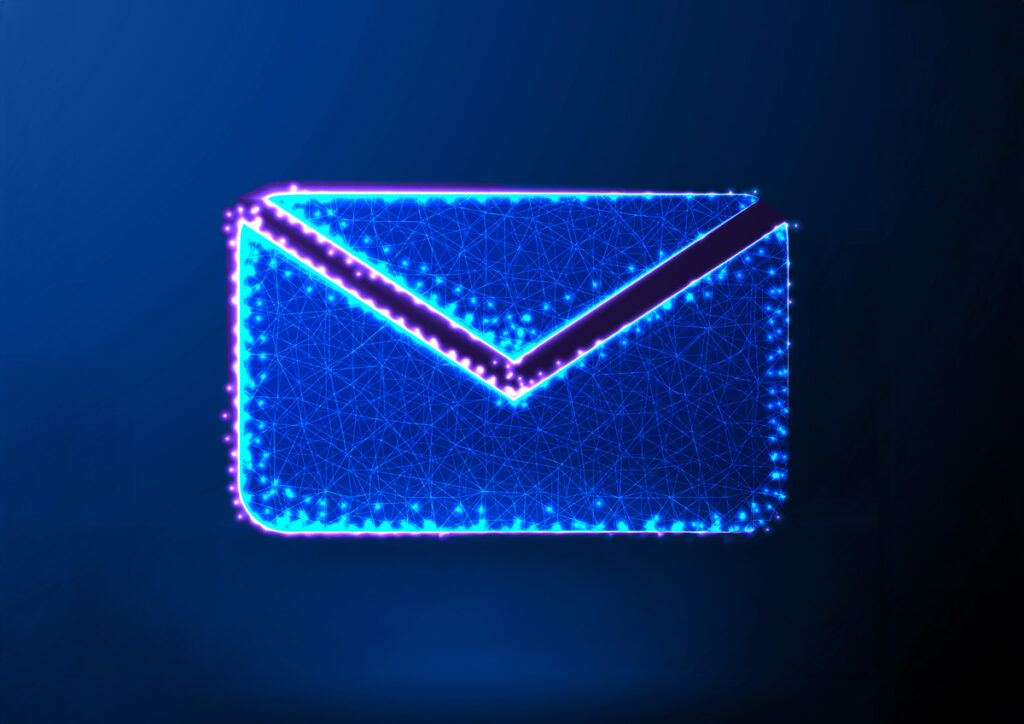
As of May 5, 2025, Microsoft has started enforcing strict email authentication rules for domains that send more than 5,000 messages per day to its consumer email services, including Outlook.com, Hotmail.com, and Live.com.
If your emails are not properly authenticated using SPF, DKIM, and DMARC, they are now being diverted to junk folders or rejected entirely. This is not a policy you can opt out of. It is now part of how Microsoft handles email at the infrastructure level.
For organisations that have not kept pace with modern email authentication, this change has already started affecting deliverability, brand trust, and visibility.
If you are still catching up, DMARCS is built to make that process faster, easier, and more reliable.
Microsoft is enforcing three authentication checks, all of which must align with the visible “From” domain. These are verified at the DNS level.
SPF specifies which IP addresses or mail servers are authorised to send email on behalf of your domain.
Purpose: Prevents unauthorised parties from spoofing your domain.
Example DNS record:
v=spf1 ip4:192.0.2.1 include:_spf.example.com -all
DKIM uses cryptographic signatures to confirm that the message has not been tampered with and was sent by an authorised server.
Purpose: Protects message integrity and authenticates the sender.
Example DNS record:
selector._domainkey.example.com IN TXT “v=DKIM1; k=rsa; p=MIGfMA…”
DMARC tells receiving servers what to do when SPF or DKIM fail. It also ensures the visible sender address aligns with the domain used for authentication.
Purpose: Enables policy enforcement, blocks spoofing, and provides reporting.
Minimum DNS entry:
_dmarc.example.com IN TXT “v=DMARC1; p=none; rua=mailto:abuse@example.com”
If your organisation sends over 5,000 emails daily to Microsoft consumer inboxes, you are in scope. This includes:
Even if you primarily send to business addresses, any overlap with Outlook.com or Hotmail.com users will impact your deliverability.
Since the policy took effect:
Unauthenticated domains are also more vulnerable to phishing and spoofing. Attackers can impersonate your brand, putting both your users and your reputation at risk.
Phishing is still the most widely used method to breach organisations. Most of these attacks rely on forged sender identities.
By enforcing SPF, DKIM, and DMARC, Microsoft is following Google and Yahoo in making domain-level email authentication mandatory. This change:
This is not about new features. It is about enforcing long-standing security standards that many senders have neglected.
Phishing is still the most widely used method to breach organisations. Most of these attacks rely on forged sender identities.
By enforcing SPF, DKIM, and DMARC, Microsoft is following Google and Yahoo in making domain-level email authentication mandatory. This change:
This is not about new features. It is about enforcing long-standing security standards that many senders have neglected.
If you are not compliant yet, take the following steps:
DMARC works only when your domain’s SPF or DKIM is aligned with your visible sender address. Both are recommended for maximum protection.
Managing SPF, DKIM, and DMARC manually is time-consuming and error-prone, especially across multiple sending systems. DMARCS is designed to simplify the process.
With DMARCS, you can:
Our platform is built for scale and visibility, giving you full control over your domain’s email security posture.
Post Tags :

Copyright © 2025 iConnect IT Business Solutions DMCC